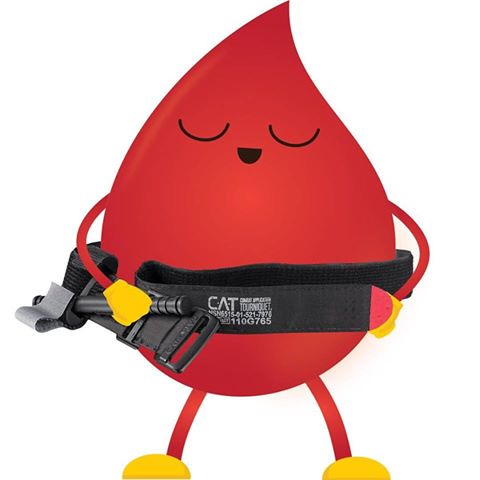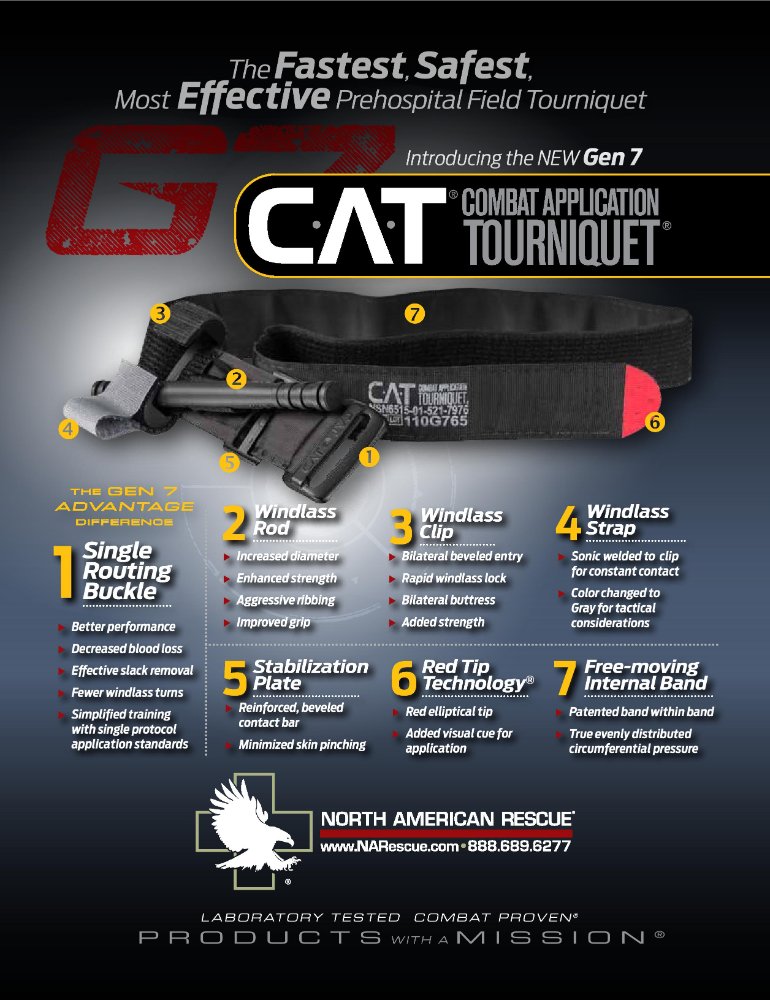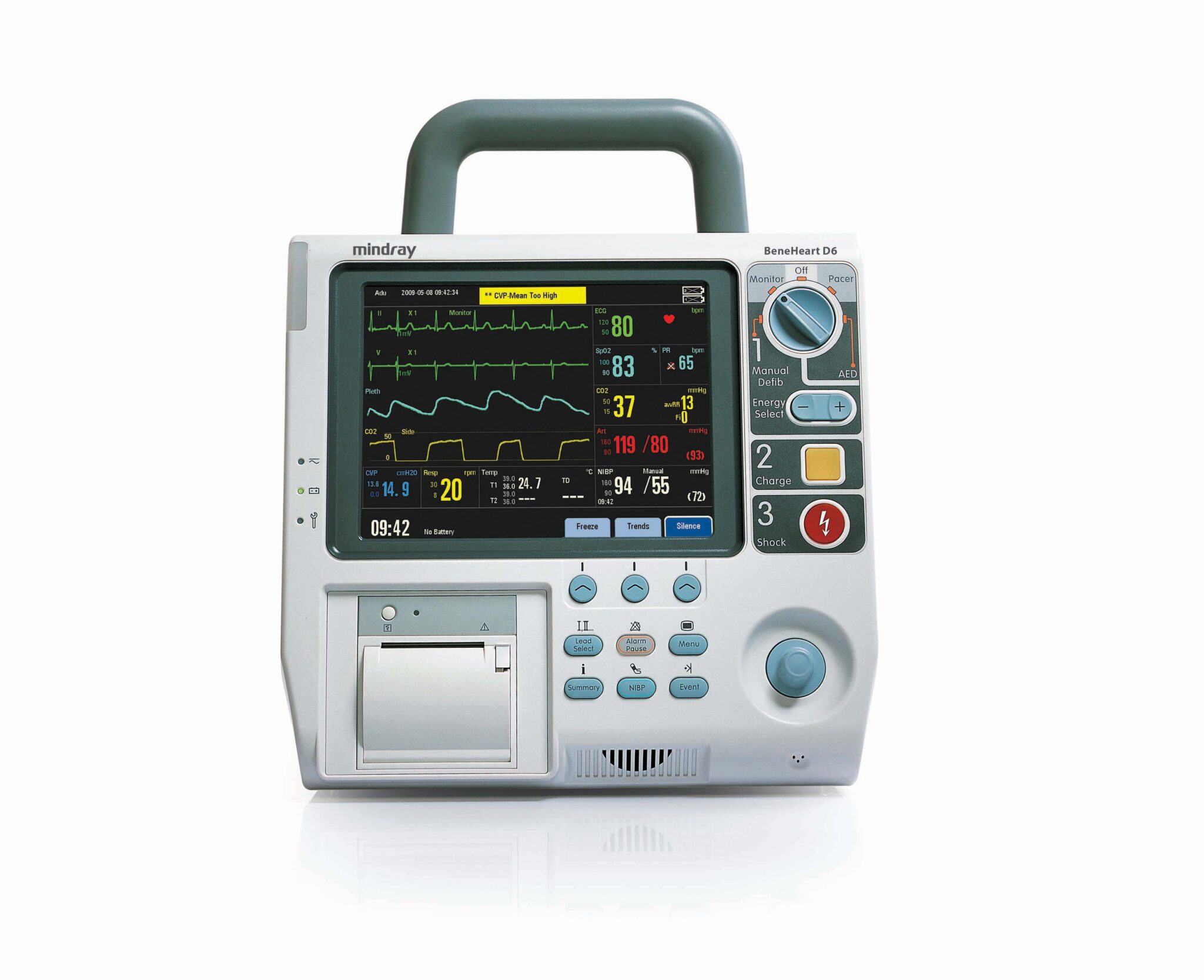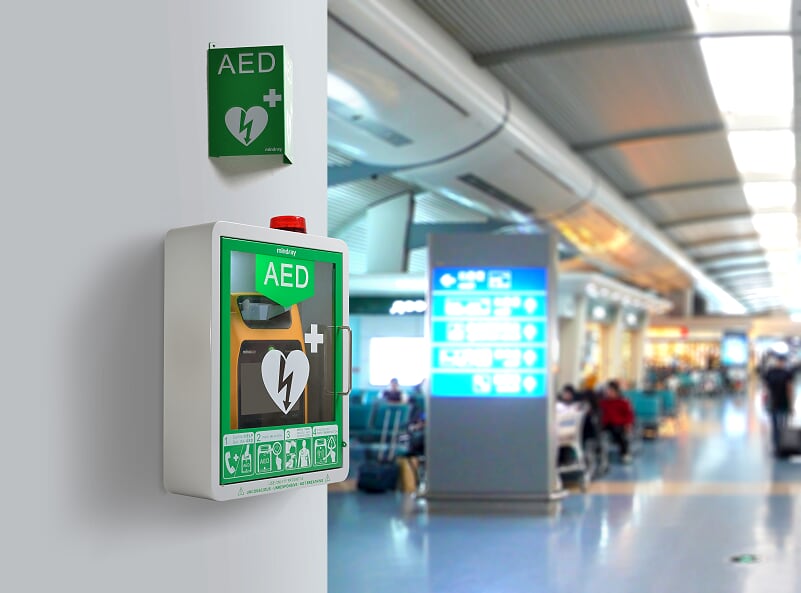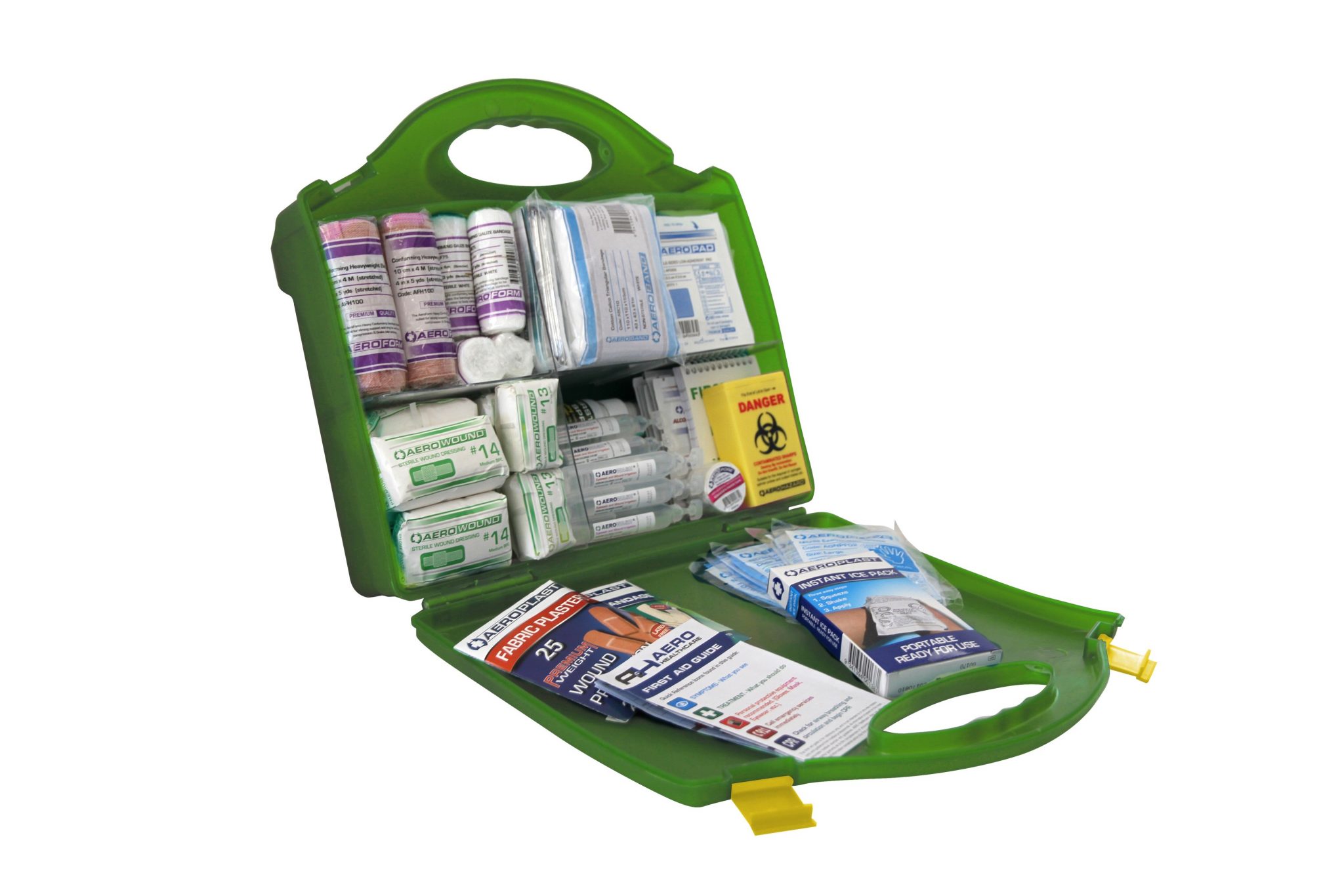CAT TOURNIQUETS COMBAT APPLICATION TOURNIQUETS
CAT Tourniquets are the latest military solution to an age old problem of how to control life threatening arterial Bleeding
To avoid any confusion regarding some recently published articles regarding the use of a tourniquet to control bleeding, lets take it back to the Australian Resuscitation Guidelines on the control of bleeding.
Firstly, bleeding that is extensive enough to be life threatening needs to be controlled immediately. This means it will take priority over other first aid interventions such as airway and breathing interventions. Don’t forget to send for an ambulance as soon as possible to get help coming to you ASAP.
What is an Arterial Tourniquet?
An arterial tourniquet is specifically designed to control arterial bleeding and is less likely to cause tissue damage than improvised tourniquets. Commercially available tourniquets are designed to be applied quickly and to be securely fastened. There are several commercially available tourniquets, such as the CAT 7 (Combat Applied Tourniquet) used by the US Military.
“Your heart can pump out your entire blood volume in minutes. This is why you die on the beach from shark attack wounds causing arterial bleeding. Have a look at our shark attack pack designed to give you the haemorrhage control tools to stop the bleeding “
So, what is severe life-threatening bleeding?
Bleeding caused by an amputated or partially amputated limb above the wrist or ankle, shark attack, boat propeller cuts or similar, to any part of the body, bleeding not controlled by direct pressure, and bleeding with shock. When you cut an artery, arterial blood is pumped out of the body. Military style CAT Tourniquets are particularly effective in controlling arterial bleeding from a limb. There is an emergency bandage, part of our stop the bleed package that can be applied to the torso to achieve pressure over wounds and soft tissue damage to the torso.
“The seriousness of the injury depends on three factors: the anatomical source of the hemorrhage (arterial, venous, capillary), the degree of vascular disruption, and the amount of blood loss that the patient can tolerate.” Mosby’s Paramedic Textbook 4th Edition
Remember!
In all cases of non-life-threatening bleeding first aiders should follow the DRSABCD action plan.
What can I do about Internal bleeding?
Obviously, Tourniquets can only be used on limbs to control life threatening bleeding.You cannot wrap them around your torso.
When do you need to use an arterial tourniquet?
An Arterial Tourniquet is used when direct pressure has failed to stop the bleeding on a limb.
* The tourniquet should not be placed over a joint or wound.
* Ideally the tourniquet should not be applied over clothing or a wet suit, keeping trauma scissors with your tourniquet will allow you to cut the clothing or wet suit easily.
* The Tourniquet should be applied 5cm above the wound, or as per the manufacturer’s instructions.
* Commercially available tourniquets are more successful at stopping bleeding than improvised tourniquets although an improvised tourniquet is better than no tourniquet, despite the risk of tissue injury. We recommend the military style CAT tourniquet as being a quick easy to apply
* Those tourniquets that are used to draw blood are not effective in controlling life threatening bleeding. Those venous tourniquets are simply used to make your veins “pop up” to allow venous access for blood tests or IV fluids or therapy.
* The time the tourniquet is applied should be noted. You can write it on the tag on the CAT tourniquet.
* The tourniquet should not be covered up and so it is easily visible and should not be applied over clothing or wet suits.
If the tourniquet fails to stop the bleeding the position and application should be checked and a second tourniquet may need to be applied above the first
The tourniquet should be left in place until the patient arrives at the hospital
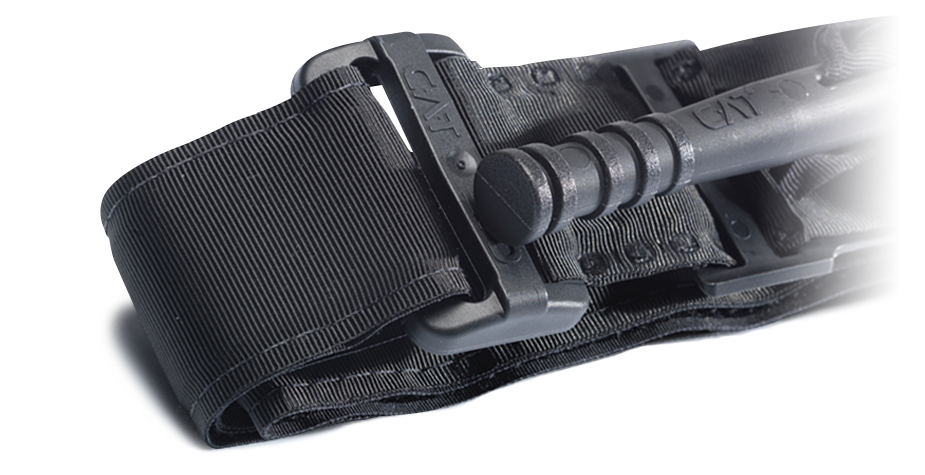
Remember the basics?
In all cases of severe bleeding, Call an Ambulance, Reassure the victim, make them comfortable, keep them warm, monitor their vital signs, administer oxygen if trained to do so Do Not give food or drink, treat for shock and if unresponsive and not breathing normally follow the DRSABCD Emergency Action Plan.
Widely credited with decreasing mortality rates due to extremity exsanguination by 85%
After an exhaustive study, the U.S. Army Institute of Research deemed it to be 100% effective
How do you stop bleeding?
The Australian Resuscitation protocol for the management of bleeding says
- “Use standard precautions (e.g. gloves, protective glasses) if readily available.
- Management of all bleeding begins with application of pressure on or around the wound.
- If bleeding is severe or life-threatening, controlling the bleeding takes priority over airway and breathing interventions. Lie the victim down, apply pressure and send for an ambulance. If there is severe, life threatening bleeding from a limb, not controlled by pressure, apply an arterial tourniquet above the bleeding point, if trained in its use and one is available.
- If there is severe, life-threatening bleeding from a wound site not suitable for tourniquet, or from a limb when a tourniquet is not available or has failed to stop the bleeding, apply a haemostatic dressing, if trained in its use and one is available.
- For the majority of non-life-threatening cases, first aiders should follow the order of DRSABCD, where control of bleeding follows establishing airway and commencing CPR if required”.
References
Australian Resuscitation Council. (2016, January ).ANZCOR Guideline 9.1.1 . Retrieved from resus.org.au: https://resus.org.au/guidelines/

